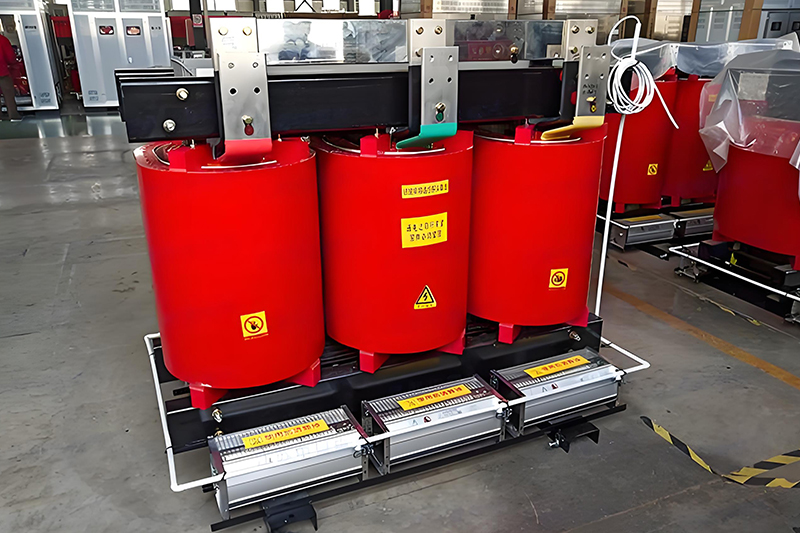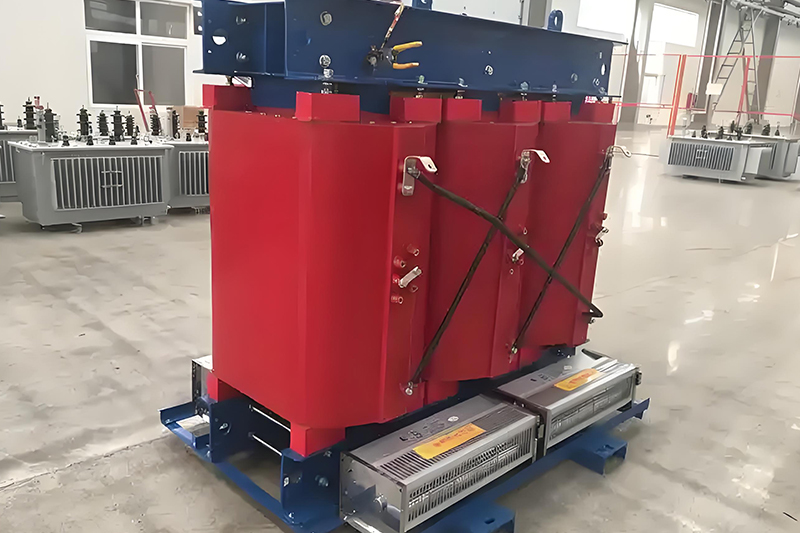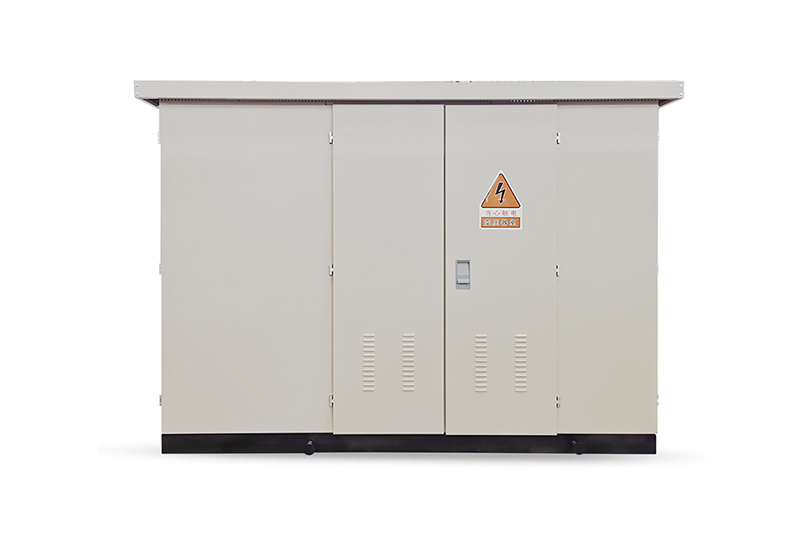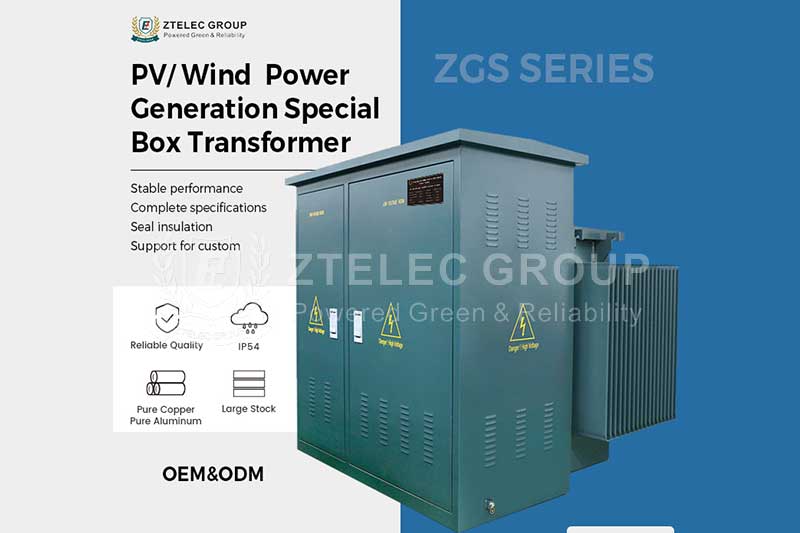What Are the Specific Advantages of Energy-Saving Transformers?
Time:2025-07-3 Auther:ZTelec-www.ztelectransformer.com
Under the global “dual carbon” goals, energy conservation and emission reduction in the power sector have become urgent priorities. As a core device in power grids, transformers directly influence system efficiency and carbon output. With the integration of advanced technologies and materials, energy-saving transformers have emerged as a critical solution for promoting green energy transformation. So, what are their specific advantages?

Economic Advantages of Energy-Saving Transformers
Significant Reduction in No-Load Losses: Energy-saving transformers adopt high-permeability silicon steel sheets with thicknesses of 0.23 mm or less, or use amorphous alloy cores. These materials reduce hysteresis and eddy current losses by 50% to 80% compared to traditional models. For example, amorphous alloy transformers achieve no-load losses as low as 20% to 30% of the S9 type, making them highly efficient in light-load scenarios such as rural grids or night-time industrial valleys.
Lower Load Power Losses: Through optimized designs—like foil-wound or segmented windings—and the use of low-resistance conductors such as oxygen-free copper, load losses can be reduced by 10% to 15%. For facilities with high load rates like data centers and commercial buildings, long-term energy savings become substantial.
Cost-Effective Over the Long Term: Despite a 10%–20% higher initial investment, energy-saving transformers offer a long service life of 20–30 years, resulting in significant cost savings. A 10kV/1000kVA amorphous transformer, operating 8,000 hours annually at ¥0.8/kWh, can save about ¥12,000 in electricity per year compared to an S13 transformer—quickly recovering the price gap.
Environmental Advantages of Energy-Saving Transformers
Lower Carbon Emissions: Transformer losses contribute 0.5%–1% of total power generation emissions. Nationwide deployment of energy-saving models in China could reduce coal consumption by 20 million tons annually, cutting CO2 emissions by approximately 50 million tons.
Eco-Friendly and Recyclable Materials: Amorphous alloy cores, made from iron-based strips, consume only one-third of the energy required to produce silicon steel and are over 95% recyclable. In addition, many models use biodegradable natural ester insulating oil (98%+ biodegradability), minimizing environmental risks from leaks.
Policy Compliance and Incentives: These transformers meet leading international and national efficiency standards, such as GB 20052-2020 and the EU’s EuP Directive. Enterprises using such equipment may benefit from tax exemptions, government subsidies, and participation in carbon trading markets.
Technical Performance Advantages
High Energy Efficiency Ratings: Energy-saving transformers typically meet China Level 1 or EU IE4 efficiency levels. Under partial load, efficiency exceeds 98%, approaching theoretical limits and minimizing energy waste.
Strong Overload Capacity: Improved cooling systems, larger radiating surfaces, and optimized insulation enable short-term operation at 1.2–1.5× rated load. This makes them ideal for variable renewable energy sources like solar and wind farms.
Integrated Smart Features: These transformers come equipped with real-time monitoring systems, including sensors for temperature, humidity, and partial discharge. Smart control units dynamically adjust cooling modes and optimize performance, reducing wear and extending equipment life.
Social and Strategic Benefits
Support for Renewable Energy: In wind farms and solar power stations, energy-saving transformers help reduce transmission losses and enhance renewable power utilization. Offshore wind installations, for example, can improve transmission efficiency by 2%–3% with their adoption.
Enabling Smart Grid Development: Working alongside distributed energy and energy storage systems, these transformers support demand response, flexible regulation, and other core components of intelligent power systems under the carbon-neutral agenda.
Promoting Industrial Innovation: The demand for amorphous materials and eco-friendly insulation oils accelerates development in high-end manufacturing and green materials, driving growth in strategic emerging industries.
With advantages spanning cost savings, environmental protection, technical innovation, and social impact, energy-saving transformers play a pivotal role in the shift toward low-carbon, high-efficiency power systems. Whether viewed from an enterprise cost-efficiency perspective or in the context of global sustainability, promoting the use of energy-saving transformers is both practical and forward-thinking.





